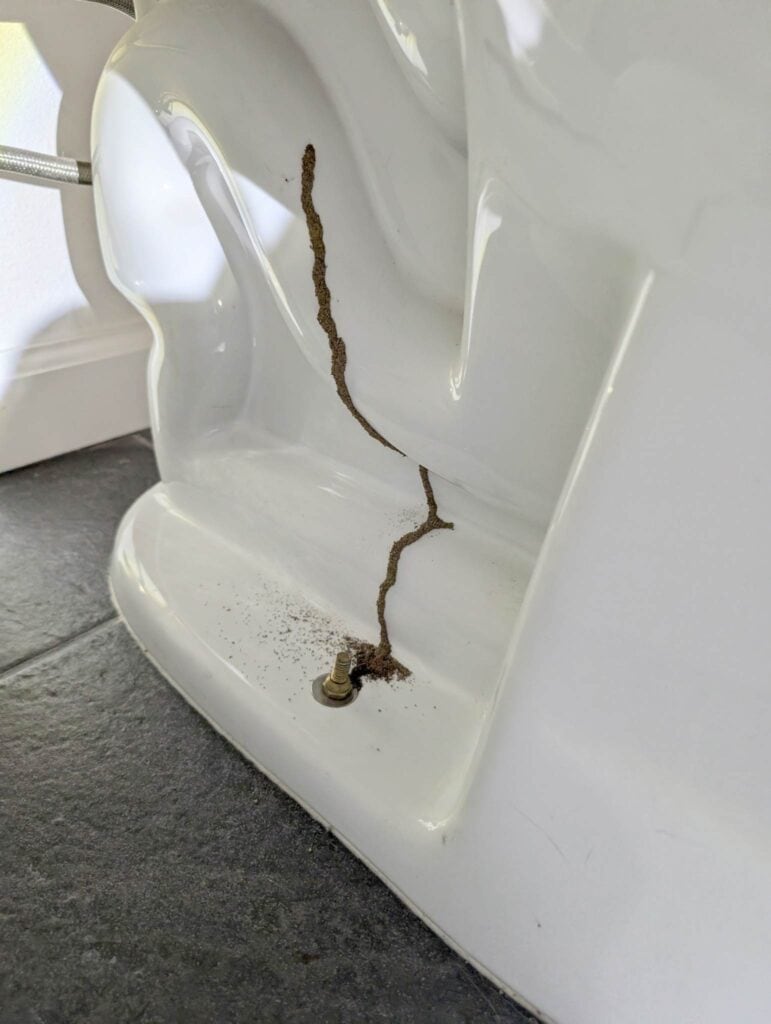Termites are tiny pests that may damage your home and its surroundings. These creatures became a severe problem for American homeowners. Each year, these wood-destroying parasites cost property owners billions of dollars. This is because termites do not sleep. These are elemental creatures that can feed continuously 24 hours a day, 365 days a year. As a result, it becomes logical to inquire, “Do I need a termite inspection?” If any of the following apply to you, the answer is yes.
Because ignoring them isn’t an option, the next step is to face them with a termite inspection. But, really, what can you expect from one? This guide will teach you all you need to know before, during, and after the process.
What are termites?
A termite is a wood-destroying insect. Because of their similarity to the typical home pest, they are commonly called “white ants.” Termites are not dangerous to humans. However, the harm they may do to a property is tremendous.
Since many houses in the United States are constructed chiefly of wood and termites devour wood which may ruin a structure from the inside out. They may harm not just the joists and walls but also the insulation, cabinetry, and any other wood-based component of the house.
Termites may also ruin paper, books, and boxes in your household. They may also graze on the trees, shrubs, and other plants around your house.
What are the signs of Termites?
To identify the signs of termites in our homes, let us first learn about the three most common species of termites. In the U.S., there are approximately 50 termite species, but only three are common:
Subterranean
The most prevalent and most destructive termite in the United States is the subterranean species. Because they cannot thrive without soil and moisture, they have established underground colonies. They also use mud tubes to collect their food and communicate in their nest.

Dampwood
Unless there is significant water damage to your roof or siding, you are less likely to observe this species attacking structural wood since it has a lower moisture content. Nearly rotten or decaying timber near a puddle of water will harbor this species.
Drywood
Drywood termites thrive on dry wood, unlike their relatives, in moist places. There is no soil, and their water needs are far lower than those of other species. A water source is a good option, although they are still around.
Why Do You Need a Termite Inspection?
Even though a termite inspection is not required, here are some reasons why it is a vital part of the home-buying process.
1. Termites may be active even if you cannot see them.
Termites cause an estimated 600,000 property damages in the United States each year. This excludes any other form of a wood-destroying organism. They may cause significant destruction and are challenging to spot. And this is one of the reasons why we suggest hiring a qualified termite inspector like Mr. Beez Pest Control.
Before the colonies are big enough to cause actual damage, the insects may be present for five years. Because you can’t see the damage, it doesn’t mean the termites aren’t there.
2. Termite damage is costly.
According to the National Pest Management Association, termites alone inflict over $5 billion in property damage each year, a cost that homeowners insurance does not cover.
A termite-damaged homeowner will pay an average of $3,000 to restore the damage. When you compare that to the expense of a basic inspection, the answer of whether or not you should obtain a termite check before closing on your house should be easy.
What happens during a termite inspection?
You can expect an inspection to last between 1-2 hours, depending on the size of the house. The inspector will inspect the inside and outside of the house for visible signs of a termite infestation such as mud tubes, damaged wood, broken wings, or droppings.
The inspector will require access to all portions of the house during the inspection, including the garage, attic, and basement or crawl space. The inspector will pay particular attention to the kitchen and bathrooms since termites may utilize the plumbing to enter the property. They will also extensively check baseboards, walls, windows, cabinets, and closets.
Inspectors also search for damage to wood or mud tubes on the foundation on the property’s outer walls.
In the end, the inspector will search for signs of termite activity in the surrounding property and yard.
How Much Does a Termite Inspection Cost?
Termite inspections in the United States vary depending on where you reside and the size of your property.
If your inspector discovers termites during the inspection, they will explain the best remediation strategy for your house.
Can I DIY a Termite Inspection?
Inspecting for termites is a task that requires experience, patience, and time. Since you want to catch an infestation early, consider letting a pro handle your termite inspection.
Do not allow the thought of a termite inspection to consume you with unnecessary worry. If you see termite signs on your home, request an inspection with Mr. Beez Pest Control. We’ll give you our professional advice on how to get your home termite-free as soon as possible.



